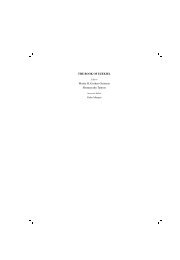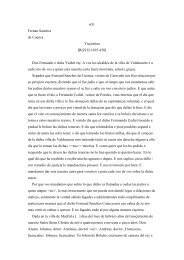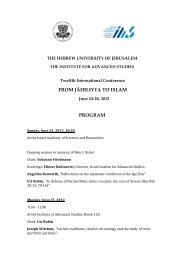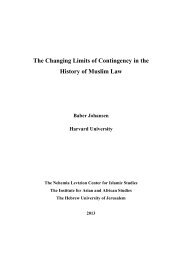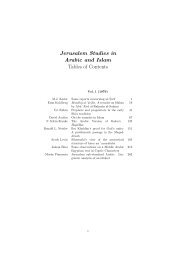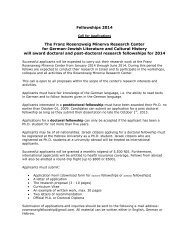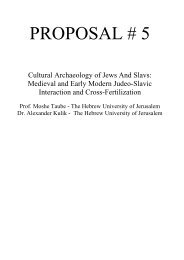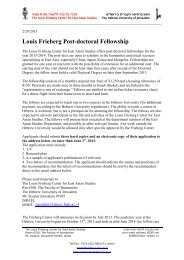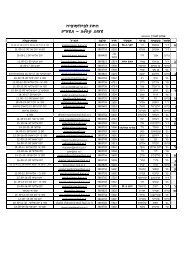Proverbs 7 in MT and LXX: Form and Content
Proverbs 7 in MT and LXX: Form and Content
Proverbs 7 in MT and LXX: Form and Content
You also want an ePaper? Increase the reach of your titles
YUMPU automatically turns print PDFs into web optimized ePapers that Google loves.
<strong>Proverbs</strong> 7 <strong>MT</strong> <strong>and</strong> <strong>LXX</strong> 141<br />
the follow<strong>in</strong>g cases <strong>in</strong> which he created a different structure are not<br />
ideologically motivated but rather are literary <strong>and</strong> translational moves.<br />
Who is this / ?Who is the strange woman that is go<strong>in</strong>g to be<br />
the subject of the wisdom-teacher’s fierce speech? At this po<strong>in</strong>t <strong>in</strong> the<br />
speech, the mean<strong>in</strong>g of or is not transparent. The translator,<br />
too, does not offer a solution: he uses the quite neutral term & ,<br />
although he makes it clear that she is evil. She is said to master smooth talk<br />
<strong>and</strong> to have the appearance of a whore, but it is not until the end of her<br />
words (vv. 19–20)—where she assures the lad that her husb<strong>and</strong> is not<br />
expected home for a long time—that the term<strong>in</strong>ology used <strong>in</strong> the<br />
<strong>in</strong>troduction becomes entirely clear. She is termed / s<strong>in</strong>ce she is<br />
‘another man’s wife’. 27 This mean<strong>in</strong>g is supported by the rest of the <br />
speeches throughout chs. 1–9. In ch. 2, the strange woman (v. 16) is<br />
described as a woman “Who forsakes the companion of her youth” (v. 17).<br />
In ch. 5, men are urged to keep away from a strange woman: “Keep yourself<br />
far away from her; Do not come near the doorway of her house” (v. 8),<br />
“Lest strangers eat their fill of your strength, And your toil be for the house<br />
of another” (v. 10); <strong>in</strong>stead, men are advised to f<strong>in</strong>d joy <strong>in</strong> the wife of their<br />
youth (v. 18). In ch. 6 the strange woman (v. 24) is straightforwardly called<br />
“a married woman” (v. 26), <strong>and</strong> “his fellow’s wife”<br />
(v. 29), <strong>and</strong> the relationship with her is def<strong>in</strong>ed as adultery (v. 32). The<br />
strange woman, then, is someone else’s wife. 28<br />
27 Modern translators are quite at a loss <strong>in</strong> their attempts to render these terms.<br />
RSV: loose woman; NJPS: forbidden woman; Cook, , speaks of ‘a loose<br />
woman’ (458), but he also def<strong>in</strong>es her as a ‘harlot’ (458, 465) or a ‘strange woman’<br />
(466); Hamonville, Proverbes, 200, renders the phrase as ‘femme étrangère’, <strong>and</strong><br />
refers to her as ‘femme adultère’ (199), ‘séductrice’ (201).<br />
28 Fox, <strong>Proverbs</strong>, 139.



